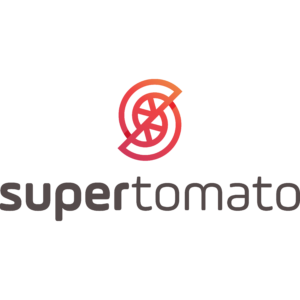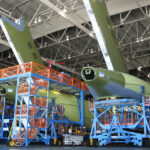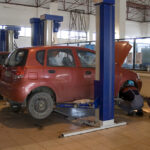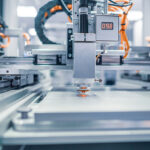If you’re looking for the best way to manufacture metal parts in Singapore, you may be considering CNC machining and 3D printing for stainless steel and aluminum. But how do you know which technique to choose? In this article, we’ll help you make an informed decision by exploring the factors you need to consider, including cost and application.
CNC (Computer Numerical Control) machining is a subtractive manufacturing process where a computer-controlled machine removes material from a block of raw material to create a part. CNC machines are known for their accuracy, precision, and ability to produce complex geometries. On the other hand, 3D printing, also known as additive manufacturing, builds parts layer by layer using a 3D printer. 3D printing is known for its versatility and ability to create complex shapes.
CNC Machining: Precision and Affordability
CNC machining has been the industry standard for metal part manufacturing for decades. This technique involves removing material from a solid block of metal using a computer-controlled machine, resulting in precise, high-quality parts. CNC machining is perfect for creating parts with complex designs and tight tolerances, making it an excellent choice for the Singapore market.
One advantage of CNC machining is its affordability, especially for large production runs. As a result, it’s an excellent choice for businesses looking to produce high-quality parts at a reasonable cost.
CNC machines can produce parts with tolerances as low as 0.005mm, ensuring that the final product meets the required specification. CNC machining is also ideal for producing parts with complex geometries, such as internal features or intricate shapes. The ability to create these complex shapes and features makes CNC machining ideal for parts with specific requirements, such as turbine blades or medical implants.
3D Printing: Versatility and Customization
3D printing is an excellent choice for parts with complex geometries that cannot be produced using traditional manufacturing methods such as CNC machining. 3D printing is capable of creating parts with internal cavities and undercuts, making it possible to produce parts with intricate shapes.
Another advantage of 3D printing is that it allows for the creation of unique and custom parts. 3D printing can produce parts with personalized designs or with specific features tailored to a particular application.
However, 3D printing does have limitations. The parts produced by 3D printing may not have the same level of precision and surface finish as those produced by CNC machining. Additionally, the production of larger parts can be time-consuming and expensive, making 3D printing less suitable for high-volume production runs.
Conclusion
In conclusion, both CNC machining and 3D printing offer unique advantages and limitations when it comes to producing parts made from stainless steel and aluminum. While 3D printing has come a long way in recent years, CNC machining still offers greater precision, reliability, and speed when it comes to producing high-quality metal parts. However, 3D printing can be a more cost-effective option for producing complex geometries or low-volume production runs.
Ultimately, the choice between CNC machining and 3D printing for stainless steel and aluminum parts will depend on factors such as part geometry, production volume, and budget. By considering these factors, businesses can choose the best manufacturing method for their specific needs and maximize the efficiency and effectiveness of their production processes.
If you’re looking for reliable and high-quality B2B manufacturing solutions, look no further than Monster Builder! Our expertise in sheet metal fabrication, CNC machining, and 3D printing makes us the go-to choice for your business needs. Contact us today to learn more!






